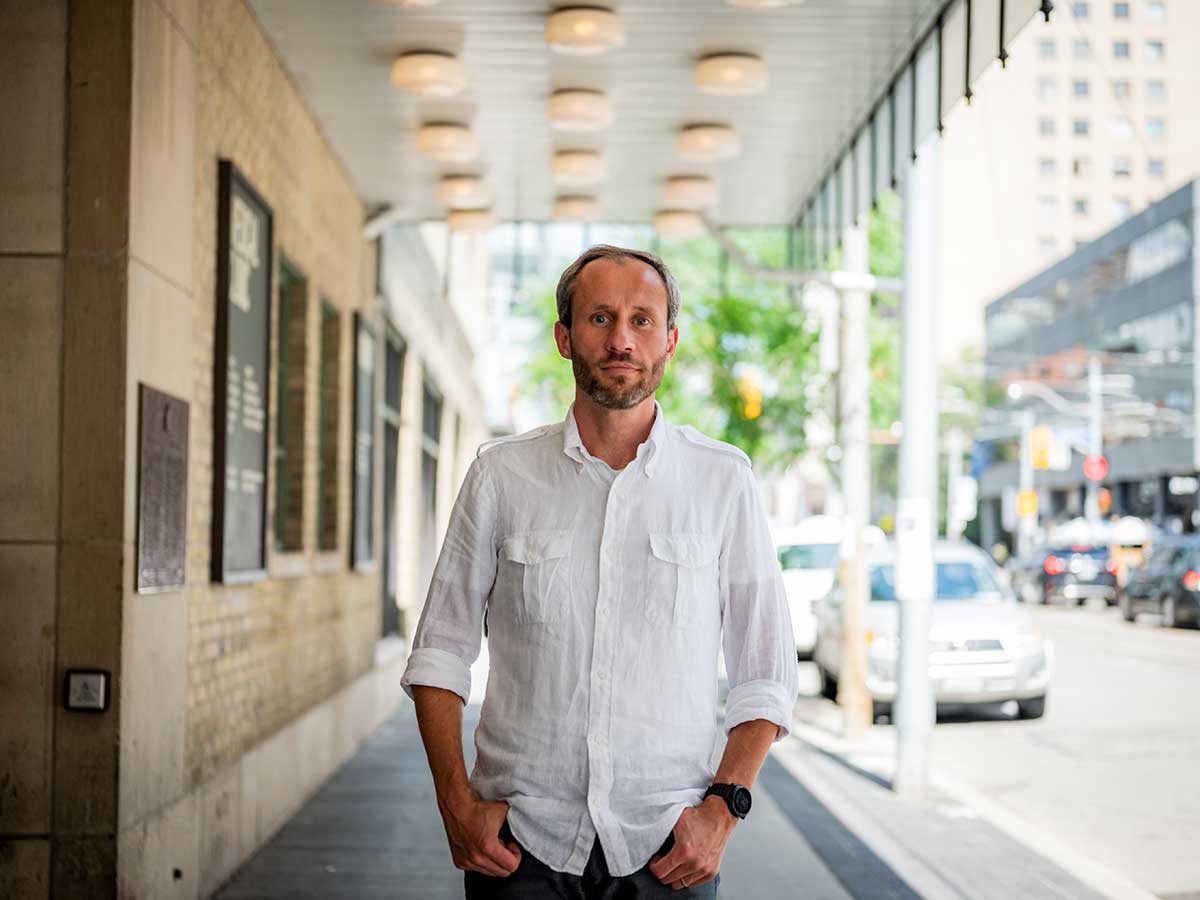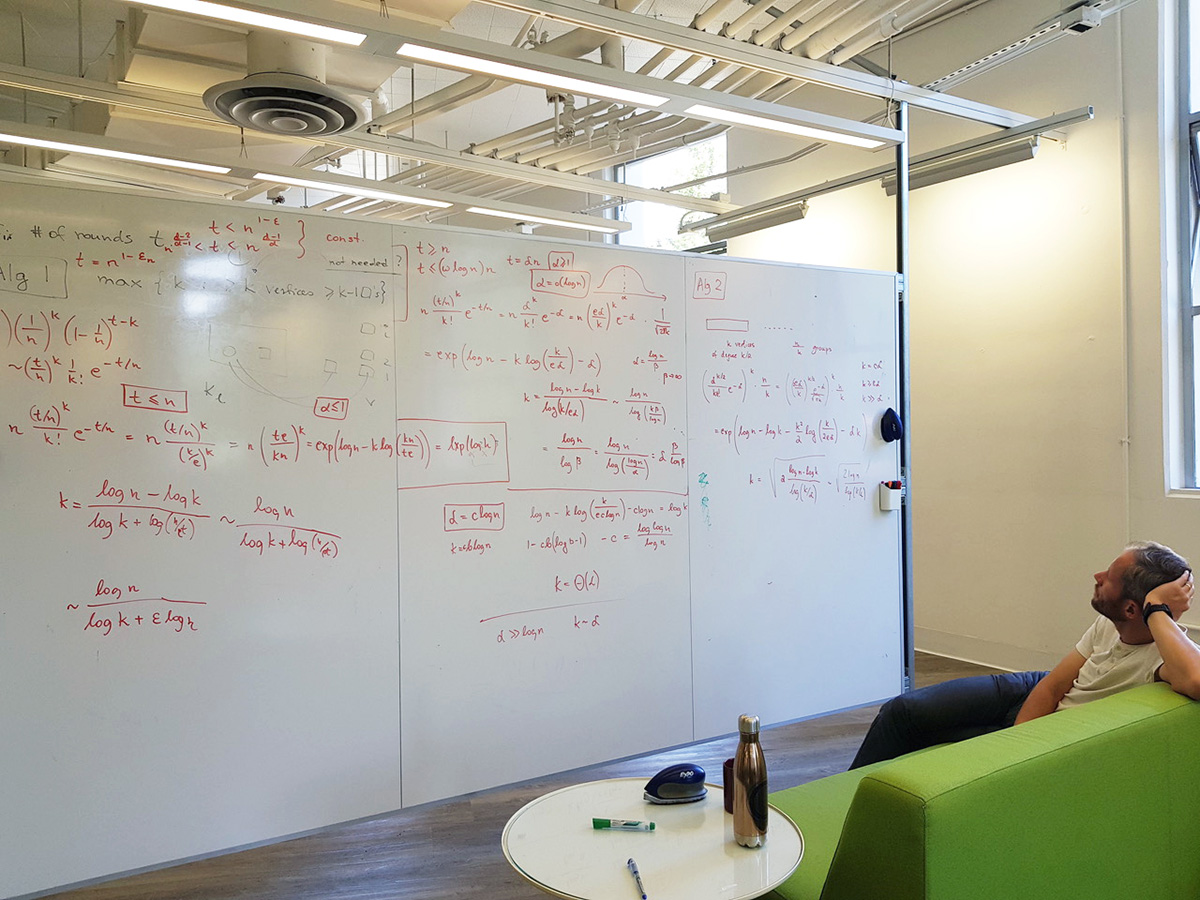Studying the frontiers of mathematics on the world stage
Dr. Pawel Pralat uses the mathematics of graphs and networks to study everything from viruses to how misinformation spreads

Professor Pawel Pralat is a mathematician on the move. On a recent April afternoon, he had just unpacked from a trip to Germany, and was getting ready for another conference, this time in Barbados.
“Mathematicians don’t need any equipment, so we’re very mobile,” says Pralat, a professor in the Department of Mathematics specializing in network theory. “As long as we have our brains and our notepads, we’re good.”
A frequent destination is Berkeley, California. Last fall he participated in a four-month program examining fundamental questions in computer science, an invitation-only event hosted by the Simons Institute for the Theory of Computing. And he’ll be back in Berkeley this fall for another four-month program, this time hosted by the Mathematical Sciences Research Institute, investigating algorithmic fairness and equity. Meanwhile, he’s been attending workshops at MIT in Cambridge, Massachusetts, and at the SGH Warsaw School of Economics, in Poland, as part of a collaboration funded by a NSERC Alliance International Collaboration grant.

The NSERC program focuses on entities such as “hypergraphs.” In ordinary graphs, an edge connects two vertices, or nodes; in a hypergraph, an edge can connect any number of nodes. This makes hypergraphs perfect for modelling phenomena like the spread of infectious diseases. For example, while one person passing a virus along to a second person is easily represented by an ordinary graph, if one person infects seven people at a meeting, that’s more accurately modelled by a hypergraph. Moreover, Pralat says, the same methods can be used to study related problems, like the way information—or misinformation—spreads via social media.
Pralat says his frequent participation in international conferences and workshops shows that TMU is being recognized “as having experts in the field that are collaborating with other world leaders from institutions like Berkeley or MIT or Stanford.” His grad students and postdocs benefit as well. “It exposes them to cutting-edge research, so they can be full participants and become future leaders in the field.”
Fun fact: The roots of network theory go back to 1736, when the Swiss mathematician Leonhard Euler posed a problem called “The Seven Bridges of Königsberg.”